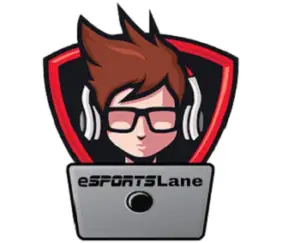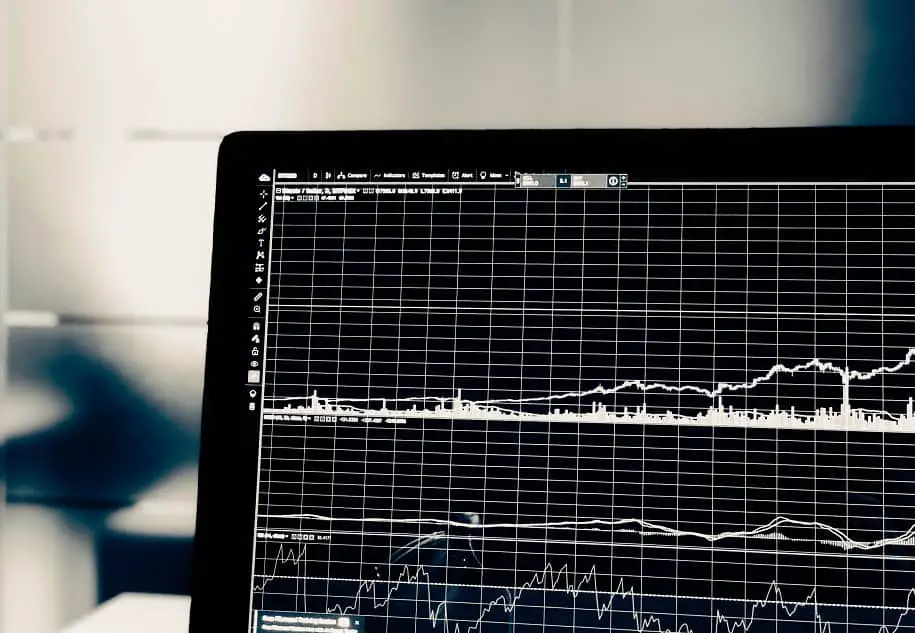As the eSports industry has grown into the behemoth it’s become today, the use of data analytics has also become more and more important. In the piece below, we look at the importance of data analytics in the various fields of eSports along with the jobs it creates in eSports.
Let’s start with what exactly is data analytics for the uninitiated.
Table of Contents
What is Data Analytics?
According to Oxford University’s LEXICO, analytics refers to “the systematic computational analysis of data or statistics.”
Analytics is applied in order to discover, interpret and communicate meaningful patterns in data. Another important element of analytics is conveying said data patterns to make effective decisions.
Organizations from all sectors rely on data analytics to help them gauge current performance and provide guidelines to improve future results. Data analytics is currently at the forefront of technological development along with other technological innovations like cloud computing and machine learning.
Traditional sports have always been eager adopters of the latest developments in technology – seeking out ways to improve individual player and team performance to get an edge over the competition. Besides pure skill, dedication and luck, winning in sports has also a lot to do with planning, strategy and analysis of past performances.
With the development and rise of eSports, gamers and teams/franchises too are now getting into the data analytics movement in order to boost both operating performance and monetization efforts.
Also Read:
Drivers of Data Analytics
In the world of eSports, data comes in massive amounts. Games can be recorded, re-watched, analyzed and loaded onto databases for reference and comparison.
Previously, professional eSports players/athletes had to physically attend tournaments to watch their competitors in action. Today however, there are no shortage of options with numerous technologies now available to create strategies and tactics, match analyses, game recordings and training regimes.
Some existing websites like overwatchtracker.com and dotabuff.com are already providing public stats on players, teams and matches for audiences to view and interpret.
However, the need for more detailed analysis and pattern finding has resulted in the emergence of dedicated data analytics companies cropping up to cater to the requirements.
One of the pioneers in this field is data analytics firm Mobalytics, which promotes themselves as the first ‘personal performance analytics platform that highlights your strengths and weaknesses to help you boost your game.’
The company devotes its resources exclusively to the analysis of the popular online multiplayer game League of Legends developed by Riot Games. The firm measures gaming performance related to the areas of farming, team-play and consistency and thereafter crunches out personal Gamer Performance Index scores.
Apart from manually inputting data into software and databases to identify patterns and performance, the use of machine learning – a branch of artificial intelligence where underlying raw data is fed to a computer which in turn generates rules – is also heavily used to improve analysis.
Major broadcasting platforms like Twitch and YouTube have invested heavily in improving their machine learning capabilities by recommending content based on previous viewing experiences and also filtering out inappropriate comments in chat forums as a few examples.
Individual streamers (those who broadcast themselves playing in front of live audiences) use services like StreamHatchet and Google Analytics to help them get valuable information and insights like viewer counts, comparison against previous streams, audience reach details and demographics, geo-targeting and team analytics.
The next major player propelling the use of analytics are the tournament operators/hosting companies. Large companies like ESL have dedicated hardware, software and IT teams which rely on data analytics and hybrid cloud computing to boost their events.
The betting industry too has gotten engaged into the action in order to capitalize on the growing viewership that eSports brings.
With regular increases in the number of tournaments and prize money globally, companies like Electronic Sports League (ESL) and individual betting companies are tapping into the numerous game data in order to better control operations, monitor any potential wrongdoings and improve betting methodologies and matchmaking odds.
Universities are now also collaborating with individual players, teams and also event operators like ESL to build on data analytics research.
One such outcome is Echo, which is a joint collaboration between the University of York and Digital Creativity Labs. Basically, the tool helps to identify extraordinary or wow moments within games in order to help tournament operators to better attract audiences and keep them engaged for longer.
Also Read:
Applications of Data Analytics
We have identified the main users of data analytics and now will go on to explain the exact applications of the tool as a means of improvement.
Apart from enabling individual eSports players and teams to measure and find out post-game performance and tweak areas of improvement, it also allows them to discover the strategies and tactics of opponent teams and use such behavioural analysis to their advantage for upcoming challenges.
Another big benefit of using analytics is to help both professional streamers and streaming companies like Twitch, YouTube and Mixer to engage audiences better.
This is done through the use of instant graphical representations and relevant stats that are paired with live gameplay. Other methods include change of camera angles, game replays and virtual interaction and chat features within the games.
Monetization is also a crucial aspect of data analytics application. Teams and broadcasters rely on sponsorship from companies to keep their operations running and by using analytics are better poised to attract more funding.
For example, Twitch partnered with MVPindex to harness AI-driven data analytics to monetize games better through real-time reporting and presentation and AI & speech recognition.
Career Opportunities in eSports Data Analytics
With the rise of eSports, more and more new opportunities are being opened that only a few years ago were non-existent.
With the growing reach of data analytics penetrating not just eSports players and teams, but also tournament organizers, broadcasters, hardware and software providers and third party companies, this has prompted a huge increase in the need for technical professionals to manage such huge amounts of data.
New jobs like data analysts, data engineers, data scientists and allied jobs like software and hardware engineers and programmers have skyrocketed over the past few years thanks to the huge growth of eSports revenues and audiences.
Apart from eSports teams and franchises hiring technical support analysts and engineers, gaming companies like Riot Games, tournament promoters like ESL, streaming services like Twitch and YouTube, data analytics companies like Mobalytics and also top eSports betting companies like GG.Bet and ArcaneBet are increasingly on the lookout for top analytical talent to cater to the increasing demands for data processing and management.
For most jobs, a background in science – specifically in computer science and programming (with languages like SQL, Python, Java and C# being very common) is preferred considering the technical nature of the jobs.
Internship and part-time opportunities are also increasingly becoming available due to the flexible and fluid nature of the industry.
Future of Data Analytics
Data analytics goes beyond aiding players and teams to enhance tactics, it also enables them to increase their monetization.
Teams, event organizers and third party companies are now more than ever looking for data and patterns that can help them to further increase revenues by identifying ways to attract larger audiences and get existing fans to purchase more or upsell them.
Data analytics is not just about improving player and team performance but rather finding out new insights about fans, third-party partners and transactions.
Besides analyzing and interpreting data based on players’ spatial movements, game actions and reactions, data also needs to be applied to determine optimal ways to manage in-game resources and money and to deal with regular patch updates and game changes.
We previously mentioned a few examples of how monetization is being enhanced with technologies like Echo, StreamHatchet and Google Analytics providing greater insights to companies to improve their targeting efforts and attract audiences better.
Application program interfaces (APIs) are growing rapidly helping to connect devices and data outside a game’s firewall making it easier for players to interact better. Most APIs are based on cloud technologies and provide an additional level of engagement for players and fans.
Considering the inherently digital nature of eSports, it’s no surprise why cutting-edge concepts like data analytics, big data and cloud computing, artificial intelligence, machine learning and APIs are becoming ever more prevalent in the industry.
The advanced tools spearheaded by data analytics are helping to pave the way to help players and teams win more effectively, boost audience viewership and engagement and help companies to better align their businesses to cater to the growing data needs for the eSports ecosystem.


